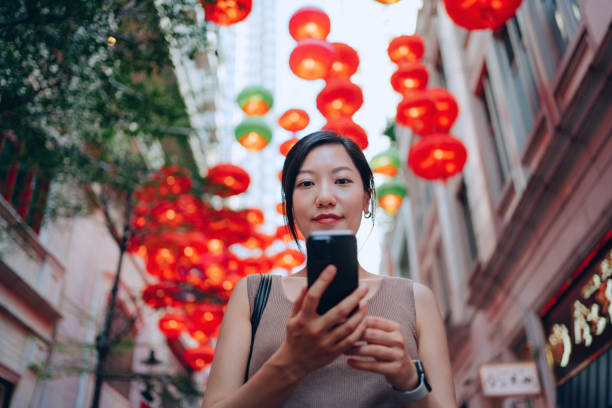Lunar New Year, also known as the Spring Festival or Chinese New Year, is one of the most significant and widely celebrated festivals across Asia and beyond. Marking the beginning of the lunar calendar, this vibrant and festive occasion holds deep cultural, historical, and spiritual significance for millions of people around the world.
Table of Contents
Traditions
Originating in China, Lunar New Year festivities have spread across Asia and gained recognition globally, reflecting the rich tapestry of traditions, customs, and beliefs associated with the occasion. From elaborate family gatherings to colorful parades and dazzling fireworks displays, Lunar New Year offers a captivating glimpse into diverse cultural heritage and age-old traditions.
Symbolism
At the heart of Lunar New Year celebrations lies the spirit of renewal, prosperity, and good fortune. Families gather to honor their ancestors, pay respects to elders, and usher in the new year with hope and optimism. Traditional customs such as cleaning the house to sweep away bad luck, decorating with auspicious symbols like red lanterns and couplets, and enjoying sumptuous feasts symbolize the desire for abundance, happiness, and harmony in the year ahead.
Each Lunar New Year is associated with one of the twelve zodiac animals, with 2022 being the Year of the Tiger. The zodiac cycle, based on a twelve-year rotation, is believed to influence personalities, fortunes, and compatibility, adding an element of intrigue and mystique to the festivities.
Cultural Significance
Throughout the Lunar New Year period, cities come alive with vibrant celebrations featuring lion and dragon dances, cultural performances, and street fairs teeming with festive delicacies and traditional crafts. These festivities not only showcase the diversity of Asian cultures but also foster a sense of community and shared heritage among people of all backgrounds.
Beyond the revelry and merrymaking, Lunar New Year holds profound spiritual significance, with customs and rituals rooted in ancient beliefs and mythology. From warding off evil spirits with firecrackers to honoring the Kitchen God for a bountiful harvest, these rituals serve as a testament to the enduring traditions and values passed down through generations.
Moreover, Lunar New Year serves as a time for reflection, gratitude, and renewal. It offers an opportunity to set intentions, express gratitude for blessings received, and forge deeper connections with loved ones. Whether through heartfelt reunions with family or acts of kindness and generosity towards others, Lunar New Year fosters a sense of unity, compassion, and goodwill that transcends cultural boundaries.
As we embrace the spirit of Lunar New Year, let us cherish the timeless traditions, symbols, and rituals that bind us together as a global community. May this auspicious occasion herald a year filled with joy, prosperity, and abundance for all, as we embark on a journey of renewal and hope in the embrace of cherished traditions and the promise of new beginnings.
images





Happy Lunar New Year!
People also ask
What does Lunar New Year mean?
Lunar New Year, also known as Chinese New Year or the Spring Festival, marks the beginning of the lunar calendar year. It is celebrated in various Asian countries, including China, Vietnam, Korea, and others, and is one of the most significant traditional holidays in these cultures.
What is the spiritual meaning of the Lunar New Year?
The spiritual essence of Lunar New Year embodies renewal, ancestral reverence, and harmony. It signifies a fresh start, cleansing negativity for new beginnings. Ancestral worship, through prayers and offerings, honors familial roots and fosters connection to heritage. Symbolizing balance and abundance, it invokes prosperity and good fortune for the year ahead. Rituals like firecrackers and red symbols ward off negativity, inviting positive energy. Lunar New Year fosters unity, bringing communities together to celebrate shared values and cultural identity. In essence, it’s a time of spiritual reflection, gratitude, and hope for a prosperous and harmonious future.
Why is a lunar year 12 months?
A lunar year consists of 12 months because it aligns with the lunar cycle, which is approximately 29.5 days long. Each lunar month corresponds roughly to one complete cycle of the moon, from one new moon to the next. Since there are about 29.5 days in a lunar month, a lunar year with 12 lunar months totals approximately 354 days.
